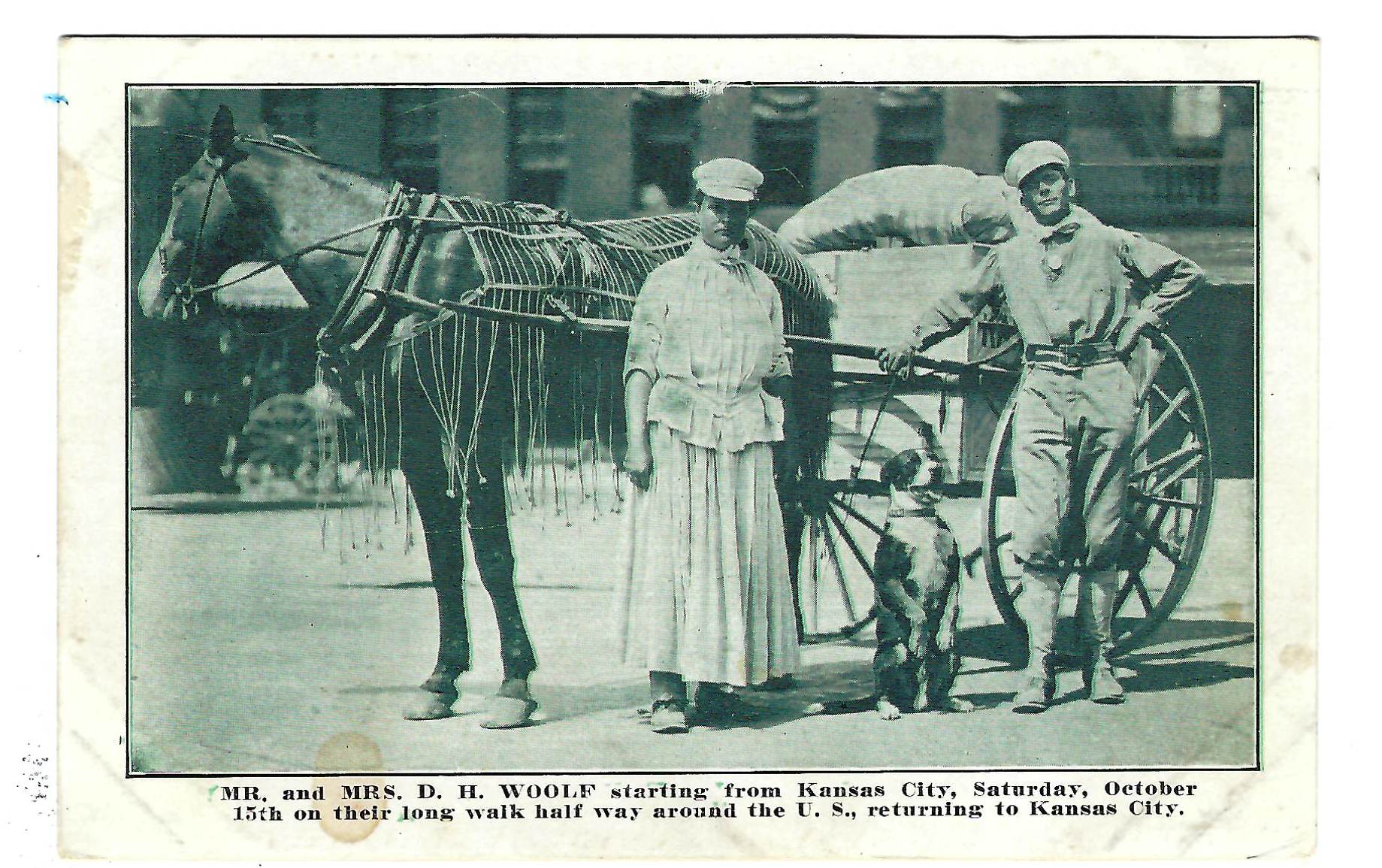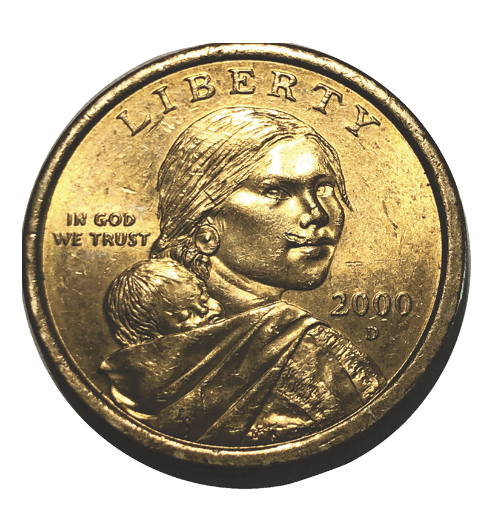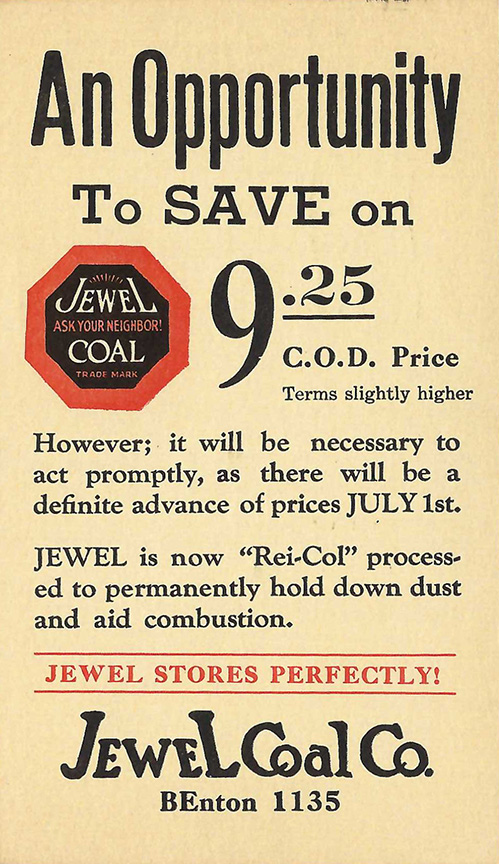
Michael Bushnell
Publisher
This week’s historic postcard is a companion piece to our Remember This column that features Reddy Kilowatt, the advertising mascot for the Kansas City Power and Light Company.
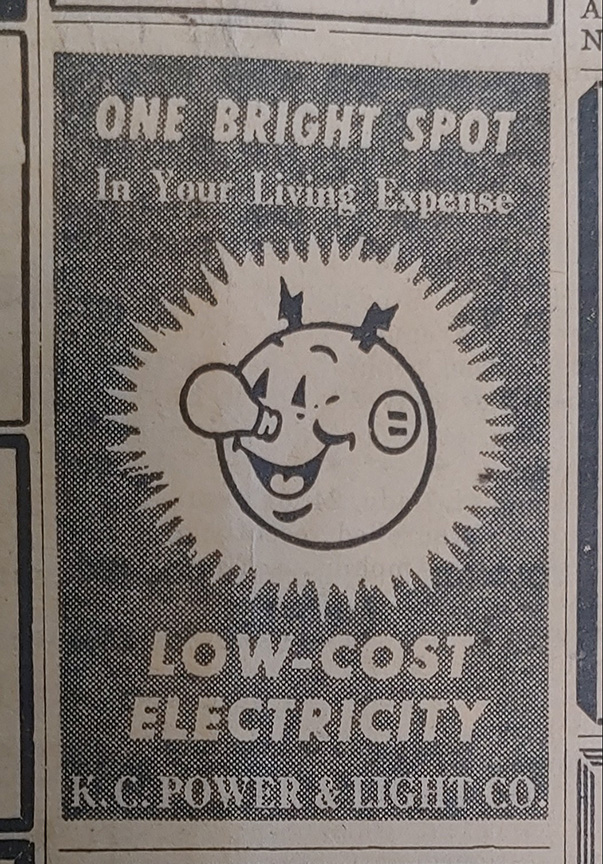
Our postcard column, however, will take a look back to the days prior to forced air gas or electric heat to explore the gargantuan, coal-fired “octopus” furnaces that required feeding multiple times during the day from the basement coal bin.
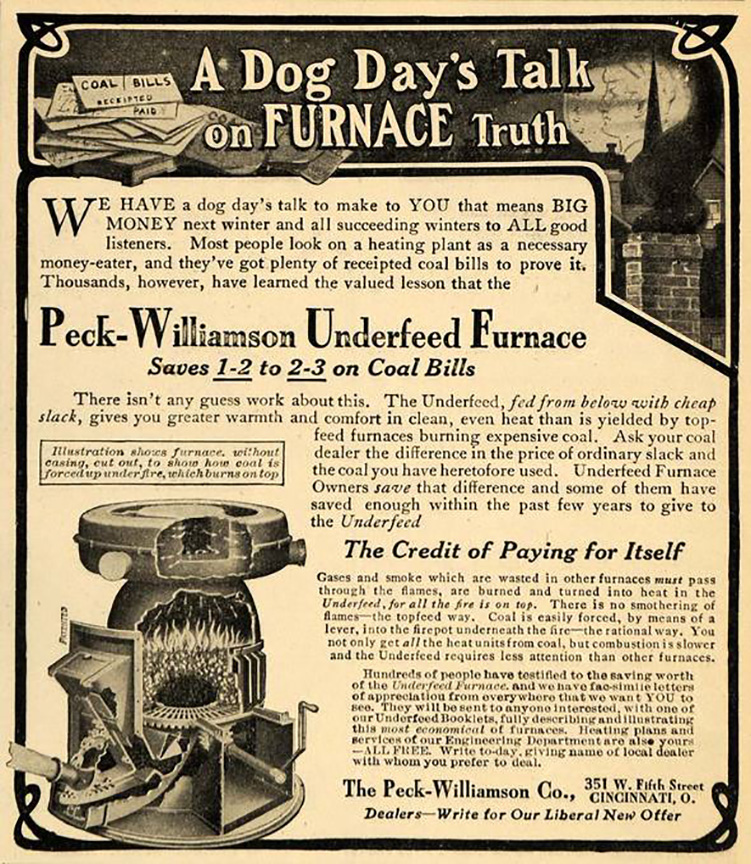
Chances are, if your house was built prior to 1940, like our 1906 Craftsman Foursquare, it was heated by a coal furnace and had the requisite coal bin in a front corner of the basement. Coal companies, much like the Jewel Coal Company at 3740 E. 15th St., often sent postcards such as this to their customers during the late Spring or early Summer, urging them to plan ahead for any price increases on this year’s coal supply. This postcard, mailed in June of 1939 to Mr. Lee Libble at 4112 Agnes, advertises Jewel Coal, with its “Rei-Col” processing to keep down dust and aid combustion at $9.25 per ton, C.O.D.
Residents had a myriad of choices for their annual coal supply, as evidenced in ads in the pages of The Northeast News in August of 1944 urging readers to “fill their bins now!” Jade Anthracite (Furnace Size) could be had at Ben Nordberg Coal Company at 4508 Independence Ave. Jasper Coal at 417 Cambridge advertises Sugar Creek Still Run Coke, while it lasts! Blaza-Blue Lump Coal, Hot and Active was available at Peacock Coal Company as an alternative to the more expensive Anthracite Coal.
Ads for Patterson Coal at 3609 Independence Avenue and Arnold Coal and Ice at 1430 Norton listed prices for the various types of coal, ranging from roughly $12 per ton on the high end down to $6.65 per ton for the softer varieties like Tiger Nut Coal.
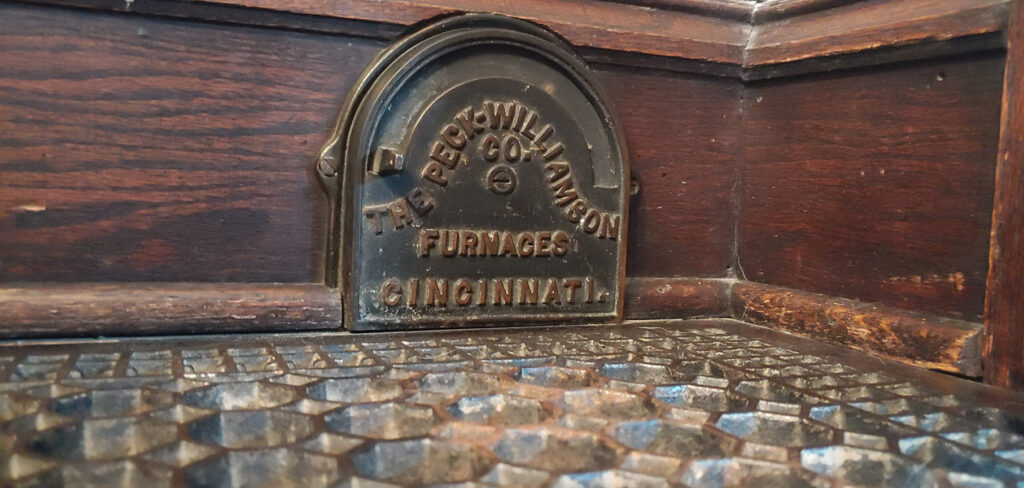
Homes with coal furnaces had coal bins in the basement the size of a small room, usually next to the furnace for easy coal access. Coal bins were traditionally located in the front corner of the basement with exterior access gained by a small trap door or hinged window. Coal delivery was usually made by truck or wagon with a dump bed that the driver backed up as close as possible to the access window. The driver would then insert a long chute into the bed that reached down through the open window to the coal bin and dump the coal directly into the basement bin, ready to be loaded into the furnace. The late Francis Gomolski, formerly of Rome, New York would often tell of times during the Great Depression when her mother tasked her and her sisters to scour the ground near the curve in the railroad line for pieces of coal that fell out of the rail cars to help keep the home fires burning.
Firing a cold furnace was a task not meant for the weak at heart or those not mechanically inclined. Step 1 involved shaking out the grate to remove ash and any “clinkers,” followed by emptying the ash pit below. Open the draft lid to allow air into the fire pit. Then place papers and small sticks (kindling) on the grate, lighting them and closing the fire door. After a good flame is established, add one or two shovels of egg-sized coal. After coal is burning, add more coal gradually, being careful not to overfill the firepot. When the coal is ignited and room temperature is reached, close the draft lid and check the furnace.
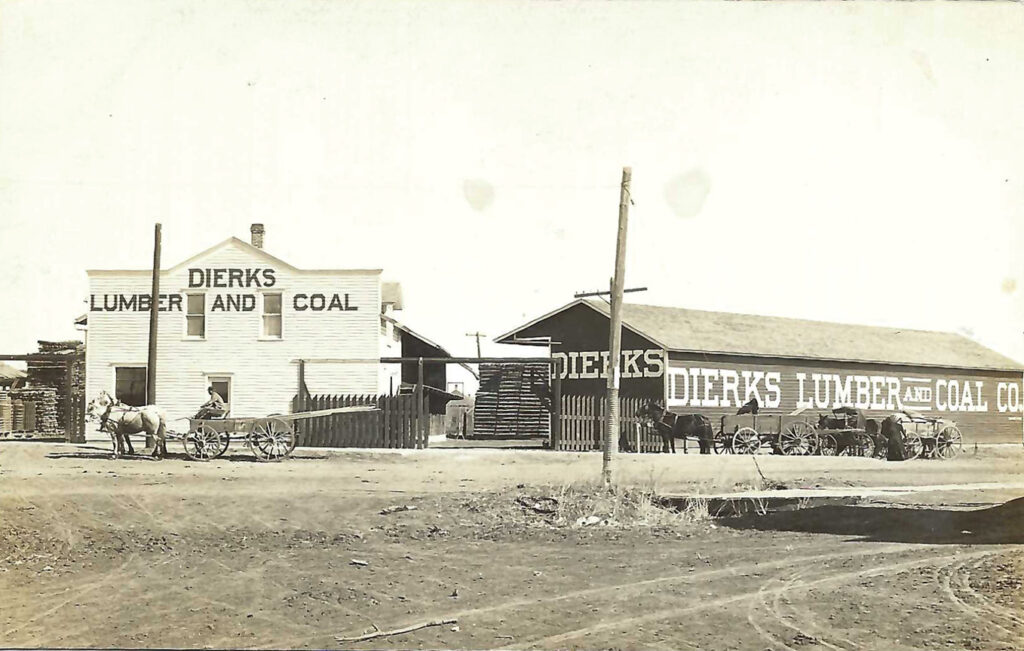
Temperature in the house was regulated by a sliding damper control usually located in an upstairs baseboard where it was easily operated by someone’s foot. The damper was attached to the furnace draft lid door by a small chain. Opening the damper meant more heat, closing it meant less heat. Coal furnaces were not equipped with fans or blowers. Heat rose naturally through the huge, asbestos-lined ducts that went to the various rooms in the house. Cold air returns that fed the furnace were usually mounted in the floor, since cold air falls, and led straight to the furnace intake, hence the term “gravity furnace.”
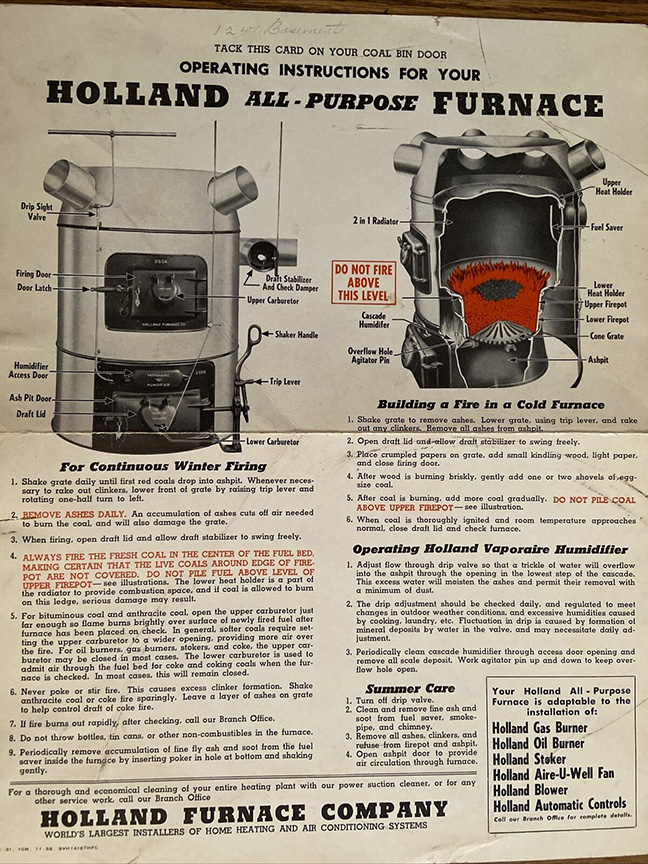
As alternative sources of heat were developed such as electricity and natural gas, coal or oil-fired furnaces were largely phased out in favor of more modern – and some say more efficient – methods. There are, however, in areas of the United States where coal is plentiful, for those who still heat with coal. A quarter ton of Anthracite Coal can be purchased at the local hardware or farm supply store for about $65 and will last roughly two weeks, depending on conditions.


